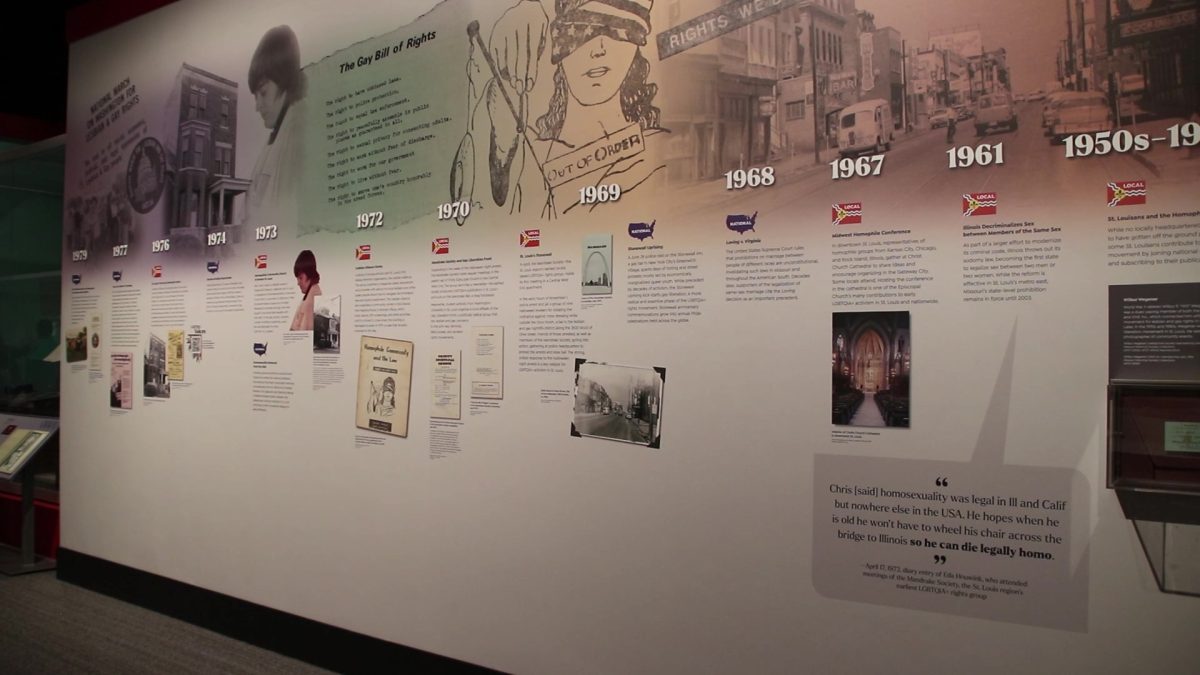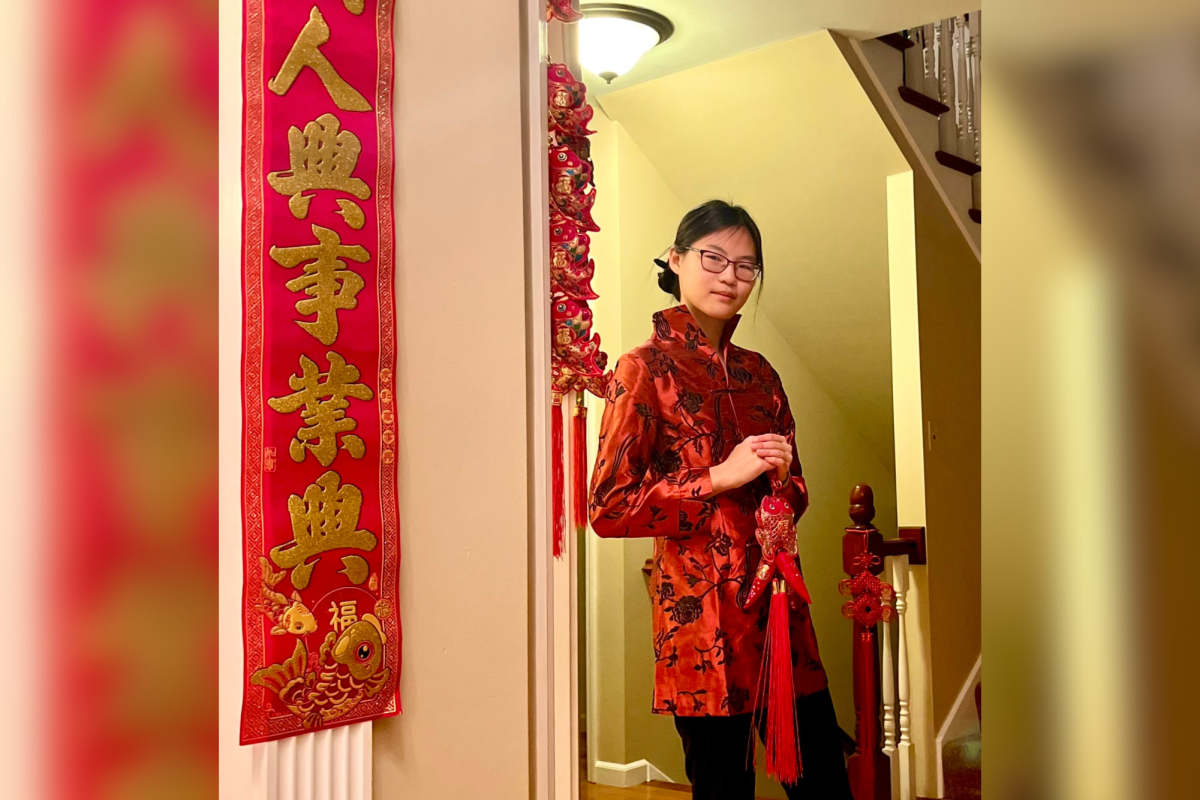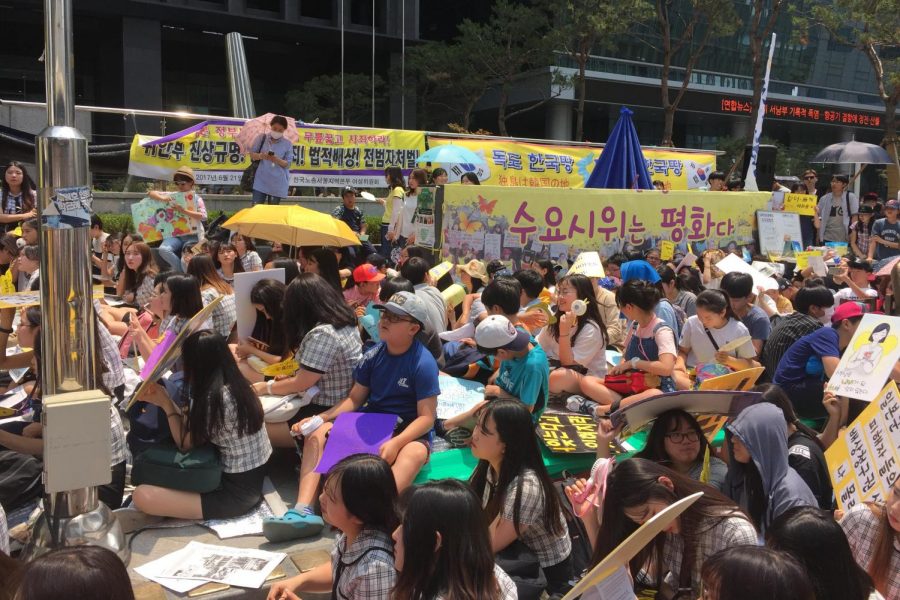Story of a girl
How the old oppression never killed the women of eastern Asia
Women conduct a Comfort Women protest outside of a Japanese Embassy in Seoul, South Korea
In the bustling city of Seoul, everything changes with much haste. Every day, new technology and new people come to and fro, making Korea an ever-changing country. However, there is something in Korea that did not change when it should have changed in 1945. It is the story of 239 Korean girls who were forced into sexual slavery with the dawn of Japanese imperialism.
According to the official website of Korean Ministry of Gender Equality and Family, imperial Japan operated “comfort stations,” Japanese military institutions that conducted mass rape of underaged girls from Korea, China, Indonesia, Singapore and Papua New Guinea. All of these countries were under Japanese rule and, unfortunately, these countries did not have any power to protect the girls from the lustful hands of Japan.
In these “comfort stations,” many girls from ages 13 to 16 were raped, again and again, day after day. If a girl became pregnant, she would be put in surgery to remove the child and thrown right back to those lustful hands again.
1945, Imperial Japan surrendered in World War II. This, unfortunately, did not equate to the end of pain for the 200,000 women around Asia who were forced into sexual slavery.
In the case of Korea, Japanese Prime Minister Murayama did put out an apology for prostitution of colonial women that prevailed during its imperial times.
However, this attitude quickly died in Japanese government with the rise of conservative politicians many who outright deny Japanese involvement in sexual enslavement of women. The Korean government also played a huge role in this because it was so focused on the economic development that it neglected the tears of 236 women.
For instance, the current Japanese education system does not teach or “only briefly teaches” about the sexual enslavement of women during its imperial times. Especially after greatly flawed Korean-Japanese Comfort Women Agreement, they demand Korean government to remove the comfort women statues. They insist on no more conversations about the comfort women. How can this be an attitude of the government that truly apologized for its past? The tears of 236 women were never wiped.
So, why am I writing about Asian Comfort Women now in Lafayette High School online newspaper? It is because I believe teenagers have the power to change and empathize with our own #MeToo.
Already, we have heard about Syrian girls who have been sexually enslaved by ISIS. This, like all other forms of sexual harassment and abuse, needs to be changed in our generation. My hope in writing this is that more people can be educated on the overwhelming presence of women oppression and, in the future, none of our children will have to endure the same thing that we have witnessed in the past.
Your donation will allow our student journalists to continue their work. You may become a PATRON by making a donation at one of these levels: White/$30, Black/$50, Gold/$100. Patron names will be published on the website and once per quarter on our social media accounts.





































